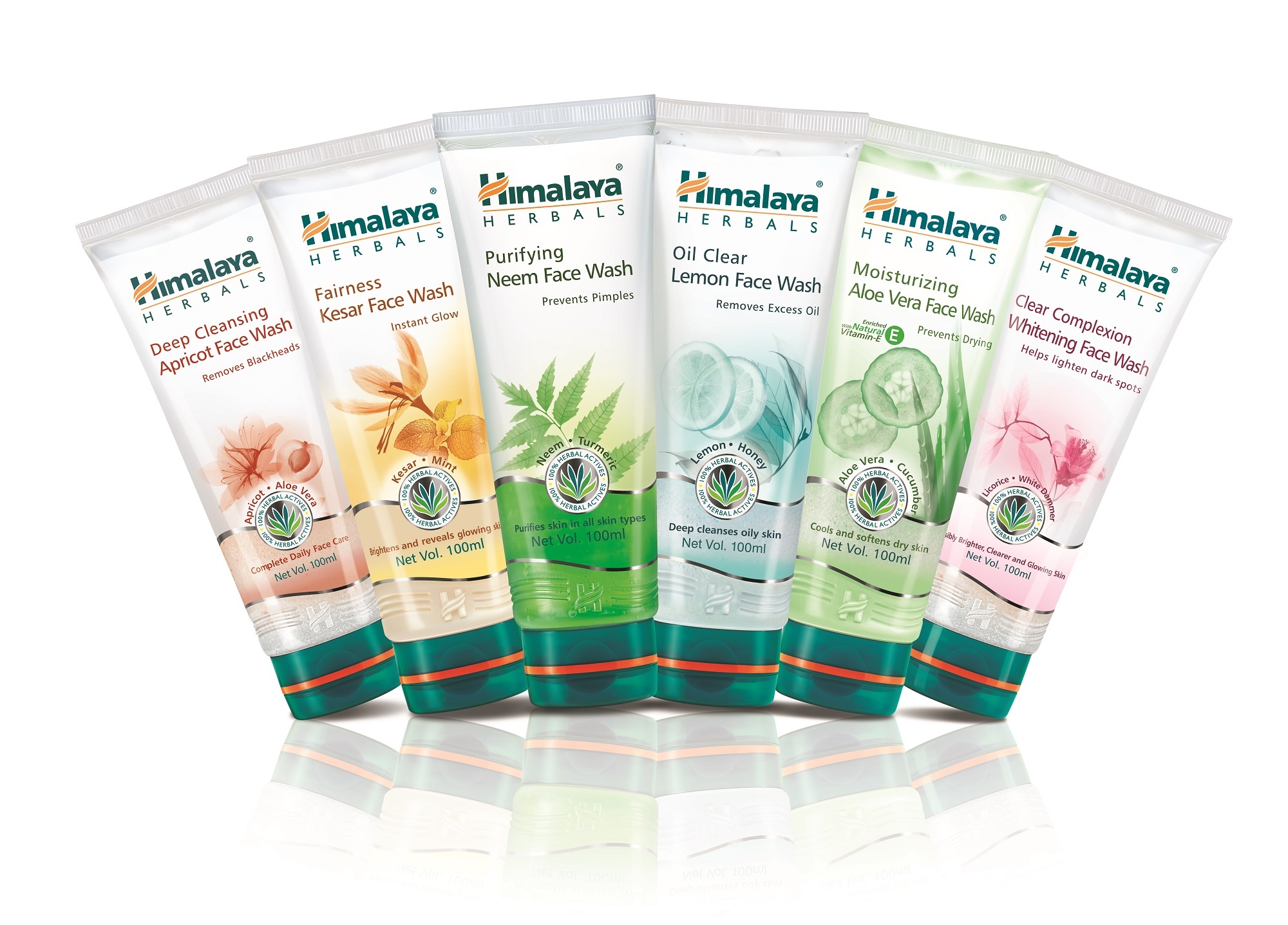As Indians, we’ve all tried different home remedies, from onion oil to multani mitti, for our hair and skin issues. But these are often not very convenient to use on a daily basis.
However, back in 1930, Mr. M Manal from Dehradun saw how herbal remedies found in the forests are effective and researched more on Ayurveda to develop Himalaya Wellness. His dream was to make Ayurveda accessible to modern consumers by grounding it in scientific research.
Himalaya’s first breakthrough came in 1955 with the launch of Liv.52, a liver health tonic that became one of the brand’s flagship products and is still endorsed by doctors all over the world today. Over the years, the company expanded from pharmaceuticals to a diverse range of personal care, wellness, and baby care products.
Himalaya’s mission and vision revolve around integrating Ayurveda with modern science, providing holistic wellness solutions that are natural and backed by empirical research. This unique blend has positioned them as leaders in both traditional herbal medicine and modern wellness products.
About Himalaya
Himalaya is a brand that combined the wisdom of ancient Ayurvedic practices with modern scientific validation. Initially, Himalaya’s target market was those who preferred natural, plant-based remedies over allopathic treatments.
However, the brand adapted to Indian consumer preferences over time, expanding its offerings beyond pharmaceuticals into FMCG categories like skincare, wellness, and baby care. Products such as Himalaya Neem Face Wash quickly became household names, resonating with consumers who wanted both efficacy and natural ingredients.
Through thoughtful positioning – emphasizing scientific rigor alongside natural ingredients – Himalaya was able to bridge the gap between traditional herbal products and modern medicine.
STP Analysis
Segmentation:
Himalaya’s primary customer base is drawn from the urban middle and upper-middle-class. Millennials and young families are a key demographic, driven by their preference for herbal solutions in skincare, health, and baby care.
Psychographically, the brand appeals to those who have a deeper belief in natural remedies, particularly Ayurveda, and those leaning towards eco-friendly lifestyles.
Targeting:
Himalaya’s major focus is on millennials and Gen Z, as this demographic shows a strong preference for organic, herbal, and sustainable products.
Geographically, the brand is most dominant in India, particularly in urban and semi-urban regions. However, it has made significant inroads into international markets like the U.S., Europe, and the Middle East.
Positioning:
Himalaya positions itself as a premium herbal brand that offers trustworthy, effective, and affordable solutions, bridging the gap between traditional remedies and contemporary healthcare.
Competitor Analysis
Direct Competitors:
Dabur:
A long-standing leader in the Ayurvedic market, Dabur competes closely with Himalaya in the personal care and health space.
Both brands share a focus on Ayurveda, but Dabur’s strength lies in its extensive product portfolio that spans from healthcare to food items, positioning it as a household staple in Indian markets.
Patanjali:
This relatively newer entrant quickly carved a niche in the market with its aggressive pricing strategy and Ayurvedic-based product lines.
Patanjali’s rapid growth has challenged Himalaya, especially in the herbal and natural care categories.
Biotique:
Biotique competes with Himalaya in the skincare and cosmetics sector, offering 100% organic, eco-friendly products.
It positions itself as a brand that merges traditional Ayurvedic ingredients with Swiss biotechnology.
Indirect Competitors:
Global Skincare Brands:
Unilever has launched product lines featuring herbal ingredients, which indirectly compete with Himalaya’s skincare range.
Niche Organic Brands:
Brands like Mamaearth and The Body Shop are gaining traction by offering eco-friendly and organic skincare solutions.
They cater to a more niche audience but have been growing steadily, especially among millennials and Gen Z.
While competitors like Dabur and Patanjali focus on Ayurveda, Himalaya’s strength lies in its scientifically tested formulas and global presence, offering trusted, high-quality products worldwide. They also cater to a wide range of needs, from healthcare to personal care, making them a holistic wellness brand.
Marketing Mix
Product:
Himalaya’s vast product range spans categories like personal care, wellness, baby care, and pharmaceuticals. From face washes and creams to nutritional supplements, Himalaya’s products are rooted in herbal ingredients such as neem, tulsi, and amla.
But here’s the twist — they combine these ancient remedies with modern research and development to create products that meet today’s standards of efficacy and safety. In 1991, they set up a 70,000 sq ft research and development center in Bangalore with 275+ research scientists.
This helps to ensure high-quality control, creating products that cater to the evolving needs of health-conscious consumers.
Price:
While their products are rooted in premium Ayurvedic science, the prices are mid-range, making them accessible to a broad audience. The brand’s approach is to offer value for money — customers are willing to pay a bit extra for the assurance of natural ingredients and the brand’s well-established reputation.
Himalaya also offers promotional discounts, enticing price-sensitive consumers to try their products. Himalaya’s pricing strategy is especially effective in international markets, where Ayurvedic products are often seen as premium or exotic.
By keeping their prices competitive, the brand remains accessible to a wide range of consumers, both domestically and globally .
Place:
Whether you’re shopping in a local pharmacy, a large supermarket, or scrolling through an e-commerce site., you’re likely to see products by Himalaya.
Their omni-channel strategy ensures that their products are available both offline and online, offering convenience to different consumer groups. Their physical presence, even in smaller retail outlets, helps them reach consumers who prefer in-person shopping.
They also have standalone stores called Himalaya Wellness Store across the country which helps to enhance brand visibility, provide a personalized shopping experience, and offer a wide range of their products under one roof, ensuring easy access for customers seeking natural and Ayurvedic solutions.
Himalaya’s products are also easily accessible on e-commerce giants like Amazon and Flipkart, alongside their official website, making it available conveniently. Today, Himalaya operates in over 100 countries, including major markets like the U.S. and parts of Europe, making it a globally recognized brand.
Promotion:
Himalaya’s promotion strategy is all about merging herbal care with modern science. For this, they have used various strategies. Traditionally, they advertised via radio and television.
One of the oldest ads I remember of the brand is the ‘Himalaya Purifying Neem Facewash’”
Digital channels like YouTube and Meta platforms are also used for targeted marketing. On Instagram, they have different accounts for different brands, like Himalaya Personal Care, Himalaya Face Care, Himalaya Baby Care and so on.
Here, they also use influencer marketing to expand reach, particularly targeting younger audiences who trust peer recommendations over traditional advertising.

They also use experiential marketing, offering samples in places like malls to get the foot in the door and get higher in-person traffic.
Equity campaigns are also a part of the mix, which inspires consumers to prioritize their health and wellness:
With these strategies, Himalaya has built a strong brand image and continues to stay relevant even today.
In a Nutshell
Himalaya’s strategic use of omnichannel distribution, digital marketing, and competitive pricing ensures broad accessibility and brand visibility. This holistic approach not only addresses diverse consumer needs but also establishes Himalaya as a global leader in herbal and wellness products.
Their journey highlights the effectiveness of merging heritage with innovation for lasting market impact.
Key Takeaways from Himalaya’s Marketing
Blend Tradition with Science: Combine traditional knowledge with modern research to build credibility and appeal to a broad audience.
Leverage Omnichannel Presence: Ensure product availability across various channels, including standalone stores and e-commerce, to maximize reach and convenience.
Utilize Digital Marketing: Employ digital platforms and influencer marketing to engage younger audiences and build brand visibility.
Price Strategically: Offer mid-range pricing to balance quality with affordability, making products accessible while maintaining a premium image.
Promote Holistic Solutions: Emphasize a comprehensive approach to wellness that integrates multiple product categories and benefits.


